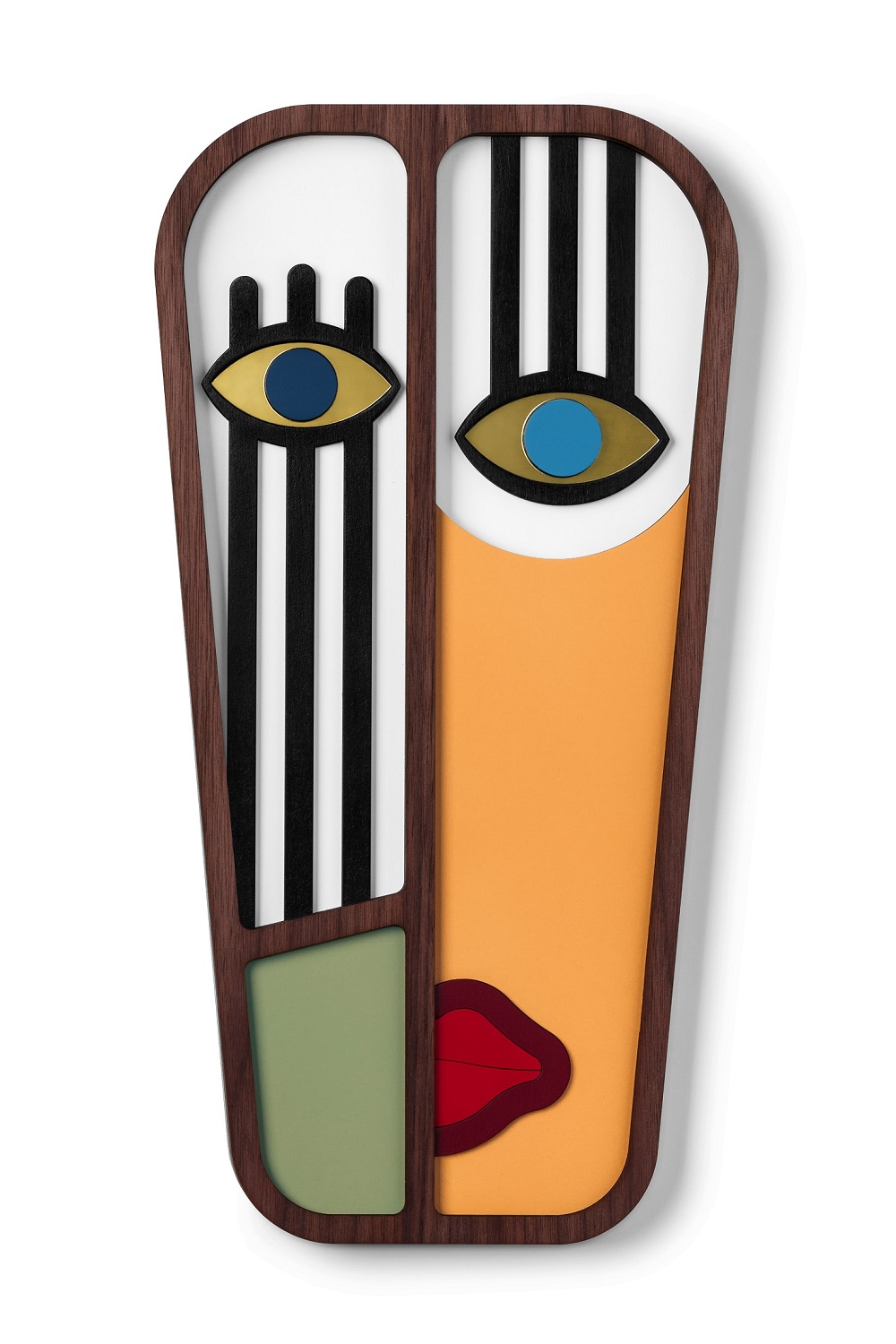Portrait of an Artist: Pablo Picasso

Pablo Picasso was a Spanish painter, sculptor and printmaker widely considered one of the most influential artists of the 20th century. He is best known as the co-founder of Cubism and for his pioneering contributions to the development of modern art.
Life
Pablo Picasso was born on October 25, 1881 in Málaga, Spain. His father was an art teacher and Picasso showed a natural talent for drawing and painting at an early age. He began formal art training at the age of 14 and moved to Madrid in 1897 to attend the Royal Academy of San Fernando. However, he quickly became disenchanted with the traditional teaching methods and left the academy after only one year.
Picasso’s work was ultimately also a reflection of his personal life, as his love of art and his relationships often intersected and overlapped. The artist said he needed communication with the fair sex more than oxygen, and from them he drew inspiration and ideas for his paintings. As a rule, they were beautiful and stormy, but not lasting romances. His first official wife was ballerina Olga Khokhlova, his last, with whom he lived until his death, Jacqueline Rock.
Work
In 1904 Picasso moved to Paris, where he became part of the city’s thriving art scene. He experimented with various art movements, including Fauvism and Surrealism, but it was his development of Cubism that established his reputation as a revolutionary artist. Cubism, which Picasso co-founded with Georges Braque, was an art movement in which objects were broken down into geometric shapes and rearranged in abstract compositions. Picasso’s Cubist paintings such as Les Demoiselles d’Avignon (1907) shocked the art world and paved the way for the development of abstract art.
Throughout his career Picasso constantly redefined the boundaries of art and experimented with new styles and techniques. He dabbled in sculpture and printmaking and in the 1930s began to incorporate elements of Surrealism into his work. In the 1940s and 1950s, Picasso’s style became more abstract and he began to incorporate elements of classical art into his paintings.
His legacy
Pablo Picasso died on April 8, 1973, but his influence on the art world lives on. He is widely considered one of the most important and influential artists of the 20th century, and his work continues to be celebrated and studied around the world. His contribution to the development of modern art, particularly the Cubist movement, has had a lasting impact on the art world, and his influence is visible in the work of countless artists.
Discover more artworks inspired by Pablo Picasso
Image credits: © Gasi – Adobe Stock; © Popova Olga – Adobe Stock














